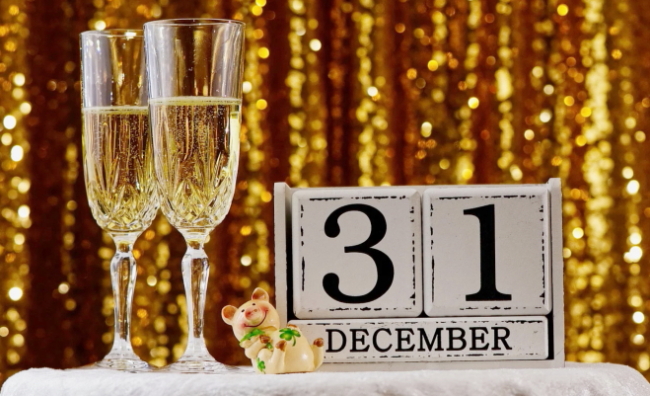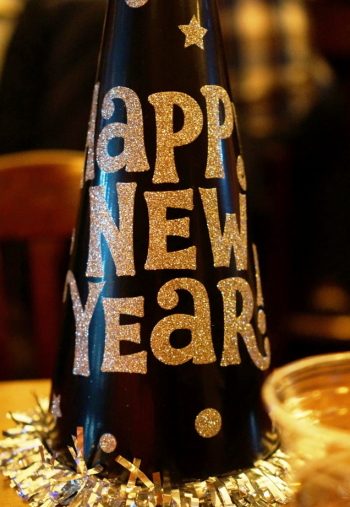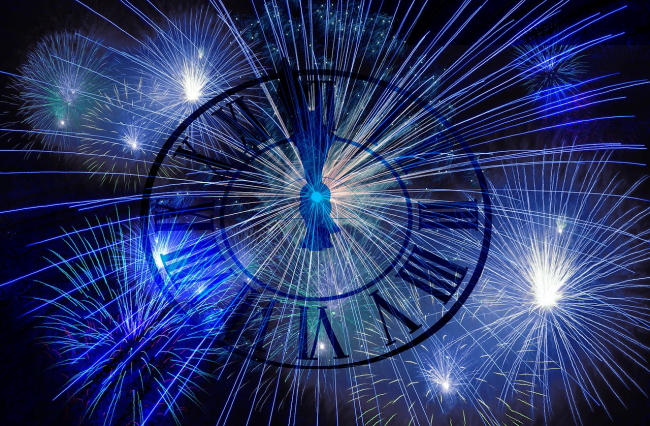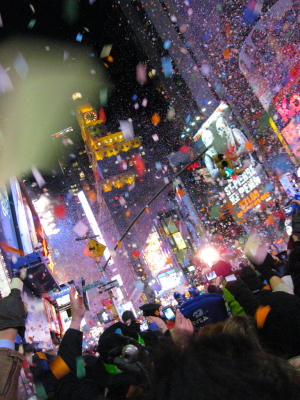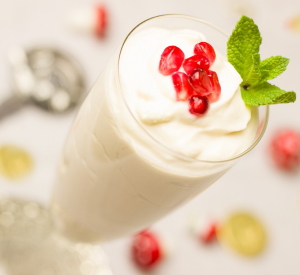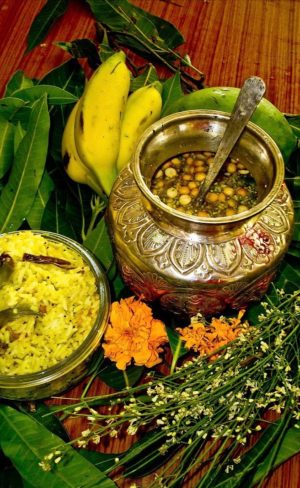FRIDAY, DECEMBER 31: Champagne toasts, fireworks and Dick Clark’s New Year’s Rockin’ Eve with Ryan Seacrest kick off the start of the Gregorian year worldwide, as revelers usher in the year 2022. In several countries, New Year’s Eve and New Year’s Day means family gatherings, elaborate meals and plenty of parties. From the United States to Mexico, Ireland and Japan, time-honored traditions meet the latest global trends on New Year’s Eve. In New York, celebrities and party-goers watch the famed “ball drop” in Times Square, counting the seconds as the 12,000-pound crystal ball lowers to ground level.
NEWS: The New Year’s Eve celebration in New York City will be “scaled back” this year, according to Mayor Bill De Blasio; however, festivities will still take place. (Read more from Fox Business.) Worldwide, many major cities are canceling activities that typically draw large crowds, and experts are instead suggesting smaller celebrations at home.
NEW YEAR’S EVE: FROM MEXICO TO RUSSIA TO NEW YORK
For many, New Year’s Eve and New Year’s Day traditions span centuries. In Mexico, it is tradition to eat one grape with each chime of the clock’s bell at midnight, making a wish with each grape. A special sweetbread is baked for the holiday, and in homes across the country, red, yellow and green decorations are hung, in hopes of luck in the New Year in life, love, work and wealth. In Korea, ancestors are paid tribute at the New Year, and in Canada, the United States and the UK, Polar Bear Plunges have steadily been gaining popularity as a New Year’s Day custom. In Russia, some blini is in order for a proper New Year’s party. Tradition traces the thin pancakes back to ancient Slavs, and today, Russian blini may be stuffed with cheese or served in a variety of other ways. (Find a recipe and more at WallStreetJournal.com.)
From Times Square: Since 1907, the famous New York City “ball drop” has marked New Year’s Eve for millions in Times Square and for billions more through televised broadcasting of the event. Notable televised events began in 1956, with Guy Lombardo and his band broadcasting from the ballroom of New York’s Waldorf-Astoria hotel. During the tenure of Guy Lombardo, young Dick Clark began to broadcast on ABC, and following Lombardo’s death in 1977, Dick Clark’s New Year’s Rockin’ Eve soon became the hit of the nation. Dick Clark hosted the show for 33 years, and in 2005, Ryan Seacrest hosted his first show, which is now called Dick Clark’s New Year’s Rockin’ Eve with Ryan Seacrest.
WATCH NIGHT AND MARY: A CHRISTIAN NEW YEAR CELEBRATION
In some Christian churches, New Year’s Eve is a night of quiet reflection, prayer and thanksgiving. There’s a long-standing Methodist tradition called “Watch Night,” a custom started by Methodism’s founder John Wesley, and some Protestant groups follow similar traditions. In Greece and in Orthodox Christian communities, New Year’s is spent singing Kalanda—carols—and eating the vasilopita, or St. Basil’s, cake. On January 1, the octave of Christmas culminates in the feast of the Solemnity of Mary, Mother of God.
SHOGATSU: JAPANESE BUDDHIST SPECTACULAR
In Japan, New Year’s preparations begin weeks in advance, with pressed rice cakes prepared in a variety of flavors and often cooked with broth for a traditional New Year’s soup. At midnight on Dec. 31, Buddhist temples ring their bells 108 times, which is an auspicious number in Buddhist tradition. After midnight, many families head to a local temple to pray, and then feast together afterward. The following morning, New Year’s greetings are exchanged and delicacies like sashimi and sushi are consumed.
AND MORE
- Get party tips for decorating and hosting at HGTV, Real Simple and from Martha Stewart.
- Find recipes Food.com, Food and Wine and Food Network.
- Drink recipes are at Forbes.com and Delish. Looking for a mocktail? Delicious combinations are available from HGTV.
- Running out of time? Rachael Ray offers party shortcuts and decorating tips.
